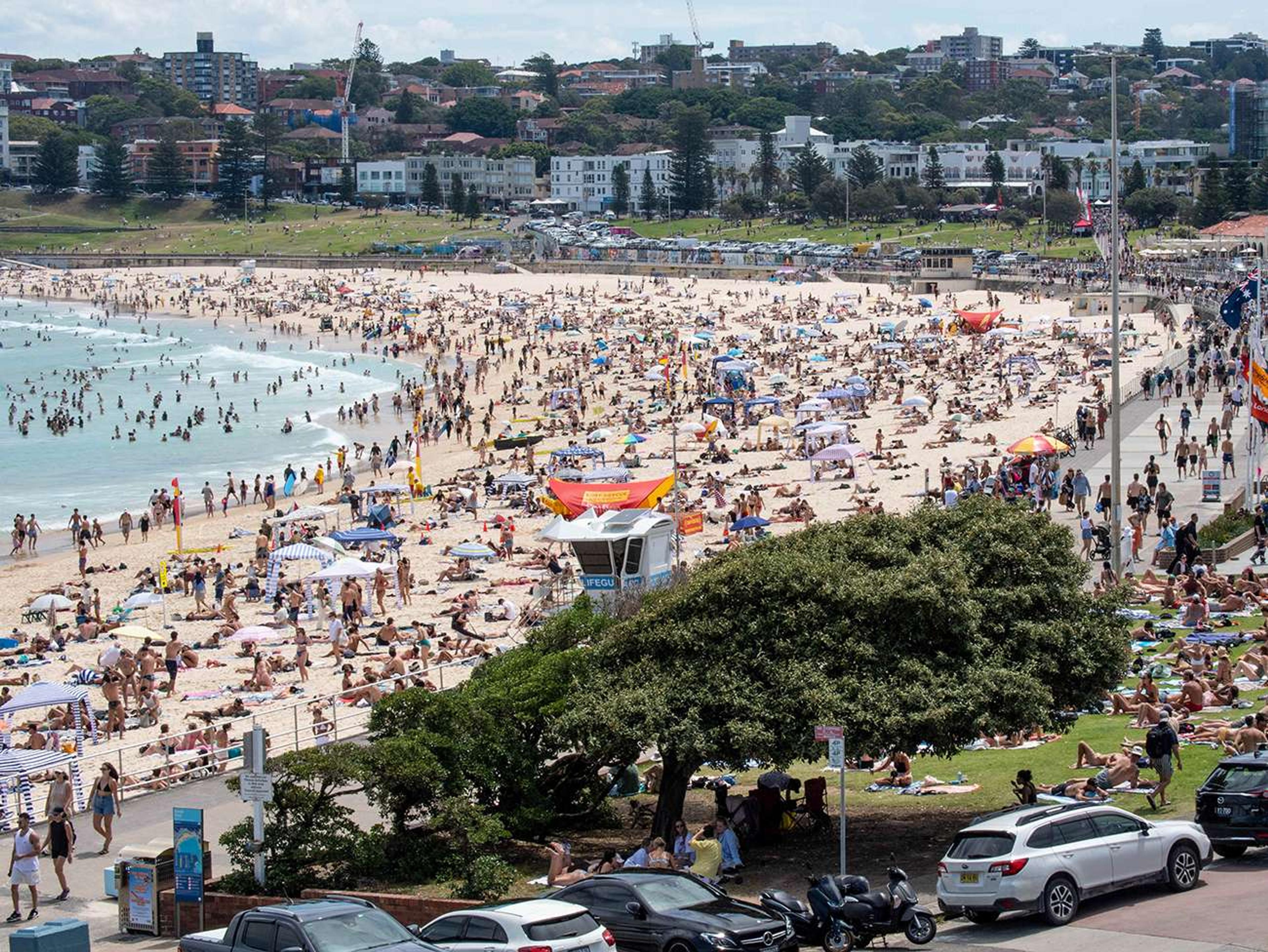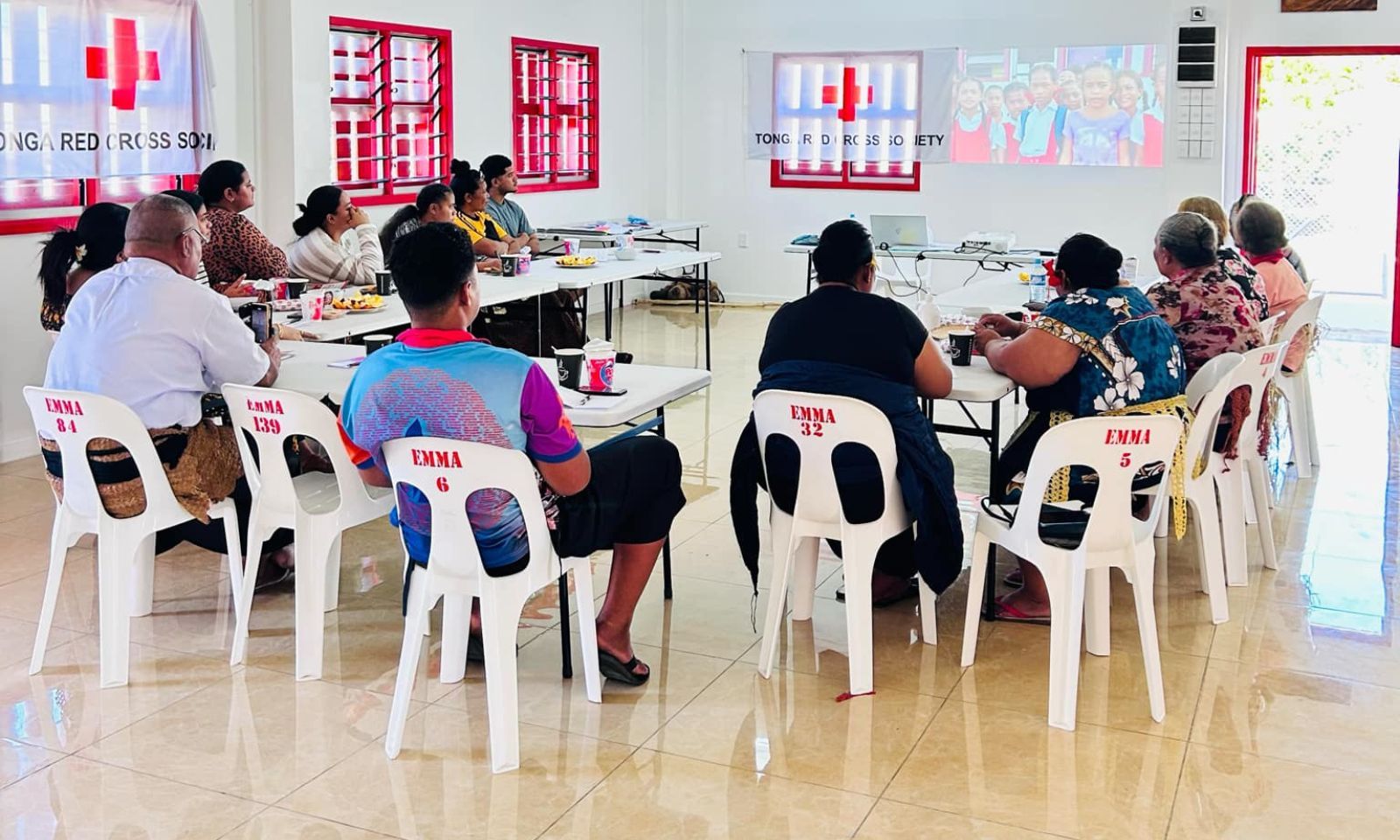

World Tsunami Awareness Day is observed on 5 November.
Photo/swikblog.com
Pacific islands link tsunami awareness to cyclone season and climate change
Once seen as a distant threat, tsunamis are now part of the region’s changing climate story: that rising seas, stronger storms, and shifting coastlines mean we must be ready when the ocean turns.


Black Caps legend joins global fight against gender violence

US warns Fiji over human trafficking concerns linked to Grace Road Group

‘A man so full of love’: Fepulea’i awarded comedy Topp Prize

Pacific leaders call for unity after Bondi attack

Black Caps legend joins global fight against gender violence

US warns Fiji over human trafficking concerns linked to Grace Road Group

‘A man so full of love’: Fepulea’i awarded comedy Topp Prize
Coastal communities across the Pacific joined the world in observing World Tsunami Awareness Day on Wednesday.
While tsunamis remain rare, the message this year struck a particular chord in the Pacific islands: the need to link tsunami readiness with cyclone season (November to April) and climate change.
The Pacific Ocean basin is prone to tsunamis, accounting for 90 per cent of all tsunamis. For many Pacific island nations, the idea of a tsunami was once remote - something that happened far away or rarely.
But the experts believe that as sea levels rise, weather patterns shift and the region braces for both cyclones and coastal hazards, the risk of fast-moving waves is increasingly relevant.
According to the United Nations Office for Disaster Risk Reduction (UNDRR), investing in early warnings, evacuation drills, and resilient coasts remains critical.
In the Pacific, the cyclone season runs from November through April. Storm surges, heavy rainfall, and strong winds already challenge island communities.
Watch this report by the Solomon Islands Broadcasting Corporation (SIBC) on World Tsunami Awareness Day there this week.
While tsunamis are generated by earthquakes, underwater landslides, or volcanic eruptions, their impact is magnified when coastal defences are weakened by rising seas or by land cleared for development.
As one global commentary put it: “In the Pacific, where 70 per cent of all recorded tsunamis have occurred, Small Island Developing States face existential risks even from moderate events.”
The fact that the cyclone season is in full swing while these communities are being asked to think about tsunamis is no accident. Cyclones saturate the ground, erode shorelines, and can push communities into a weaker state of readiness.
When the next tsunami comes, evacuation routes might already be impacted.

In Tonga, tsunami warning sirens were installed in Ha'afeva and Kotu this year. Photo/Tonga Red Cross Society
What this day means for Pacific people
For Pacific islanders, “getting to high ground” isn’t just about the waves - it’s about being ready for all hazards.
The UN’s theme this year, “Be Tsunami Ready: Invest in Tsunami Preparedness”, links long-term infrastructure, early warning systems, and community drills.
In many island villages, traditional knowledge of sea behaviour is being revisited and taught alongside modern alerts. There is renewed energy around educating young people, mapping safe zones, and practising evacuation.
The Pacific’s remoteness and many low-lying coasts mean that often, by the time an alert reaches a village, time is short. The advances of recent years matter.
As the UN Secretary-General, António Guterres, states: “With sea levels rising, and more and more people living by the coast, early warning systems need investment and improvement.”
One social media comment reflecting Pacific public sentiment simply reads: “Tsunami warnings across the Pacific … makes you realise how connected our islands are.”
Watch a World Tsunami Awareness Day commemoration of the 2004 Indian Ocean Tsunami tragedy below.
While it is not specific to a small island community, experts believe tsunamis capture the shock many feel when a large-scale earthquake off the coast of Russia or elsewhere triggers alerts across the Pacific. That global event can feel personal when you live on a vulnerable coastline.
For Pacific nations, the key challenge is maintaining alertness for a hazard they may rarely have experienced, while also navigating the immediate threats of cyclones, king tides and sea-level rise.
The UN's educational, scientific, and cultural arm, UNESCO, reports that the investments made in tsunami warning systems (for example, through the Intergovernmental Oceanographic Commission/Pacific Tsunami Warning and Mitigation System) are strong signs of progress.
But awareness days like Wednesday matter because they refresh collective memory, the UN says, reminding island communities that hazard preparedness is not optional, and that staying safe means linking all the threads: climate change adaptation, cyclone preparedness, and tsunami readiness.
As the cyclone season now kicks off, Pacific communities are being reminded: check the safe ground, know your route, and heed the warning signs because the ocean knows no borders.